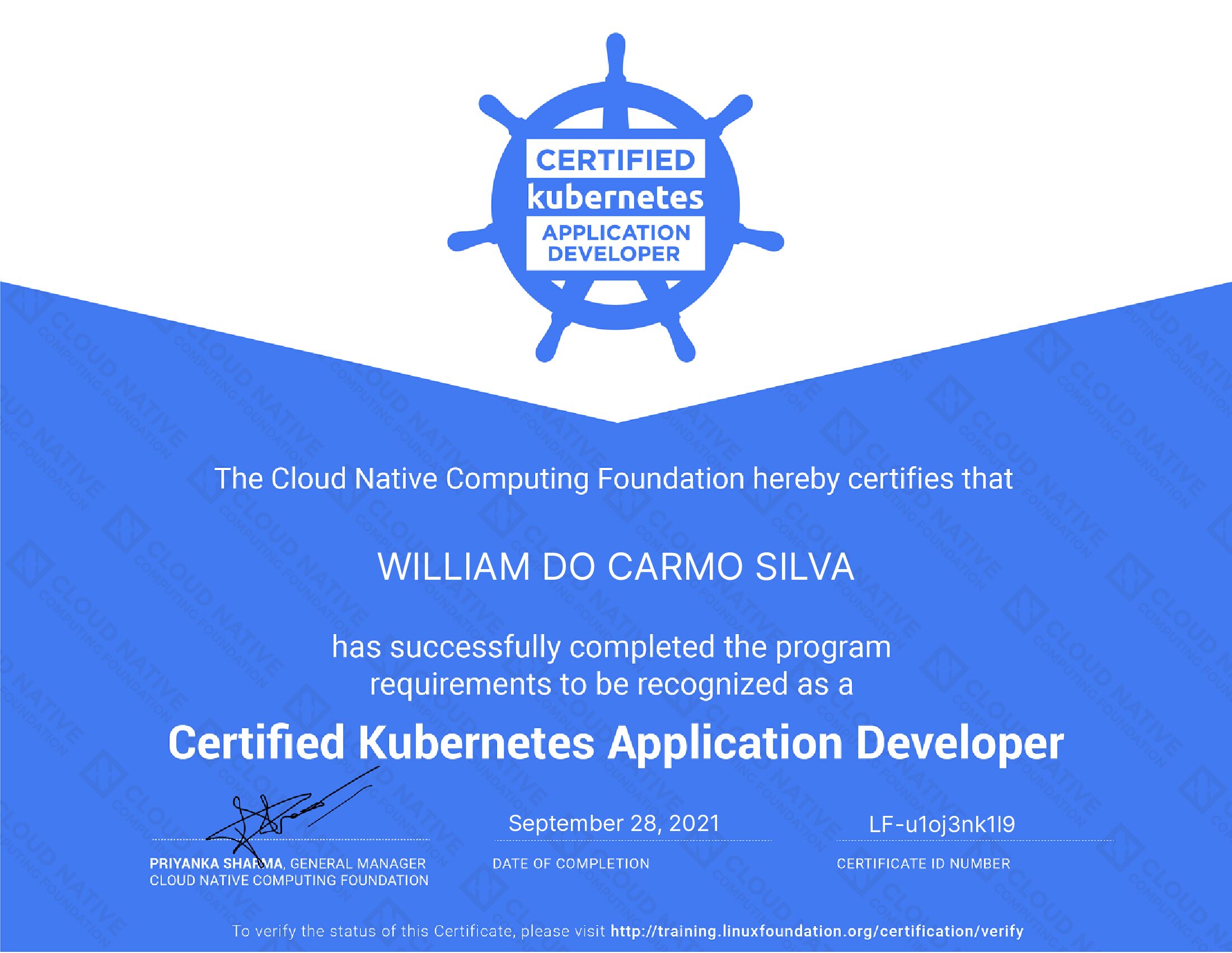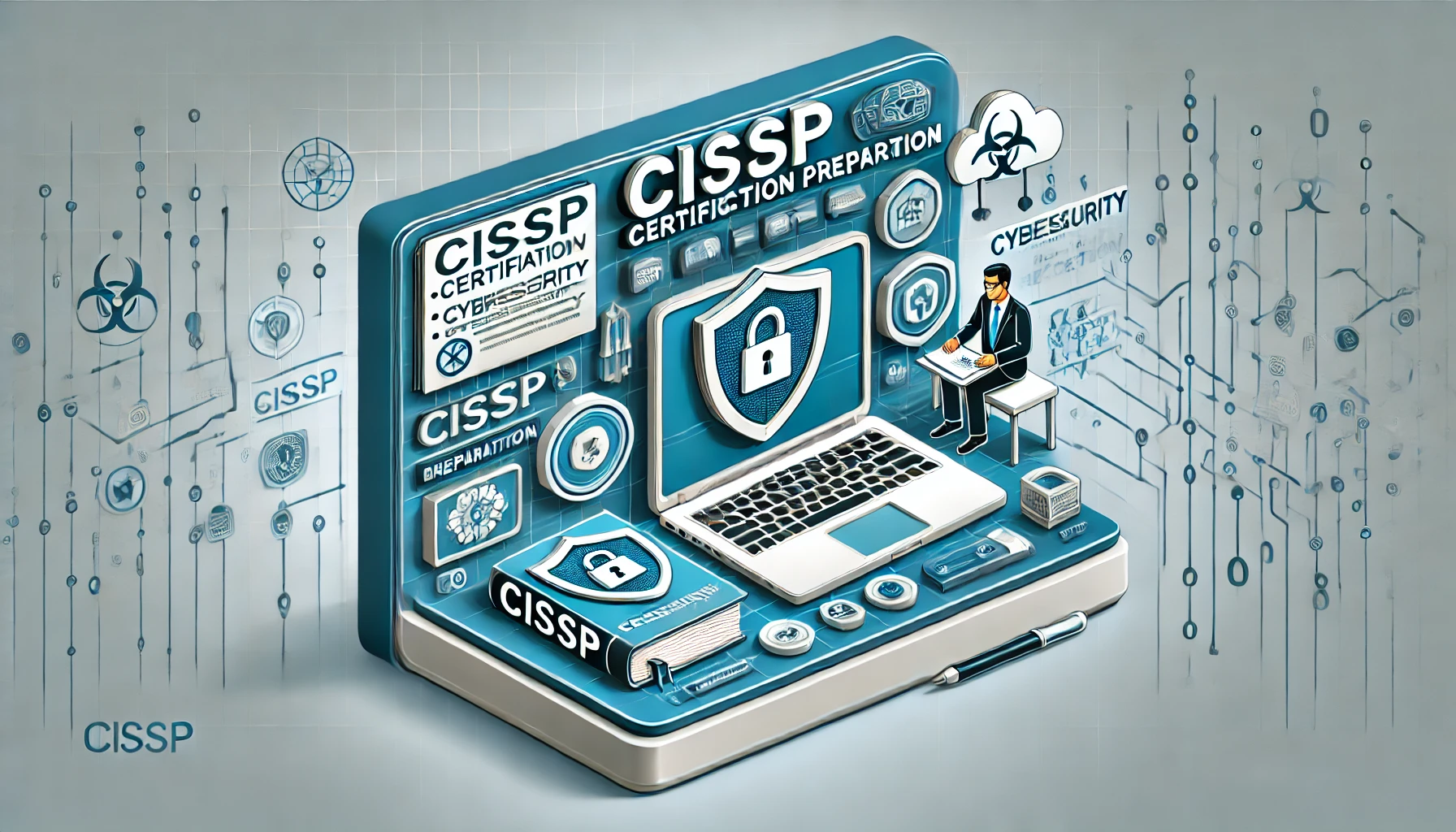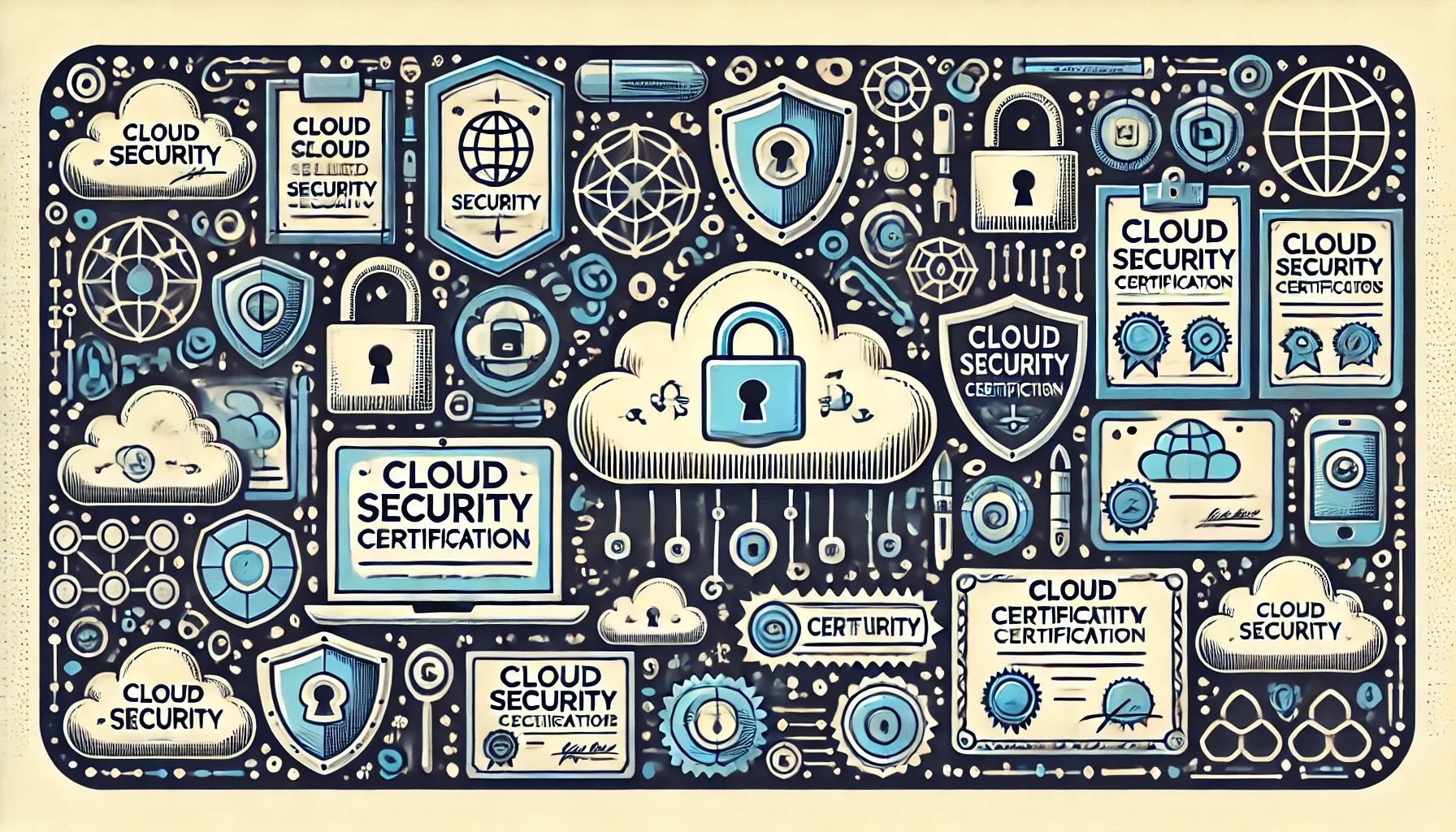I’ve been working with Kubernetes for over 6 years, and in 2021, I took the CKAD (Certified Kubernetes Application Developer) exam and passed it. Now, it’s time to renew my certification! I’m planning to take the exam before November because it’s about to change, and since I’ve done it before, I think the current version will be similar, which makes it a good time to take it again.
To get ready, I’m using KodeKloud’s course, which is a great resource. It has a playground where you can practice hands-on with real-world Kubernetes scenarios. KodeKloud’s mix of guided tutorials and exercises makes learning very effective, especially for hands-on exams like CKAD.
For those who don’t know, the CKAD exam is made by the Linux Foundation and CNCF. It is meant to show that you can design, build, and deploy cloud-native apps in Kubernetes. The exam is two hours long, and you solve challenges using a command line. The certification is known worldwide, not tied to any specific company, and is highly valued in the Kubernetes and cloud-native community.
The current version of the exam is based on Kubernetes v1.30. One of the best parts is that candidates get access to Killer.sh, an exam simulator that’s even harder than the real exam. If you can pass the simulator, you’ll be well-prepared for the actual test.
The CKAD certification covers a few important areas:
- Application Design and Build (20%): Defining, building, and changing container images, picking the right resources (like Deployment, DaemonSet, CronJob, etc.), understanding multi-container Pod patterns (like sidecars), and using different types of volumes.
- Application Deployment (20%): Deploying applications and making sure they run smoothly.
- Application Observability and Maintenance (15%): Understanding API changes, setting up probes and health checks, using CLI tools to monitor apps, using container logs, and debugging problems in Kubernetes.
- Application Environment, Configuration, and Security (25%): Using resources that extend Kubernetes (like CRDs and Operators), understanding security features like authentication and authorization, managing resource limits and quotas, working with ConfigMaps and Secrets, and understanding security settings.
- Services and Networking (20%): Understanding NetworkPolicies, providing access to apps using services, and using Ingress rules to make apps accessible.
The CKAD exam is designed to test your real-world skills. You need to be comfortable working with container images, using cloud-native concepts, and checking Kubernetes resource definitions. The exam environment is updated regularly to make sure you’re tested on the latest features and best practices.
If you want to grow your Kubernetes skills or get into cloud-native development, CKAD is a great choice. There’s still time to take the current version before it changes! The hands-on nature of the exam makes it challenging but also very rewarding.
I’m excited to take this challenge again, and I can’t wait to see how much my skills have improved since my last attempt. If you’re also thinking about taking the CKAD, I highly recommend using resources like KodeKloud or Killer.sh to prepare. Let’s keep learning and growing our Kubernetes skills!




